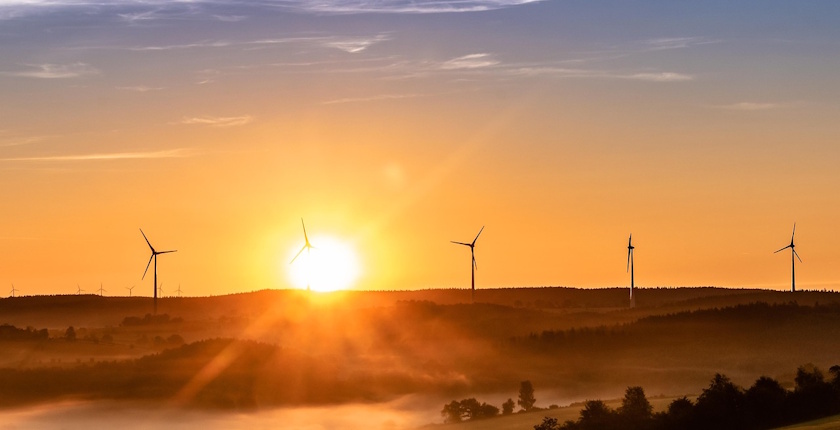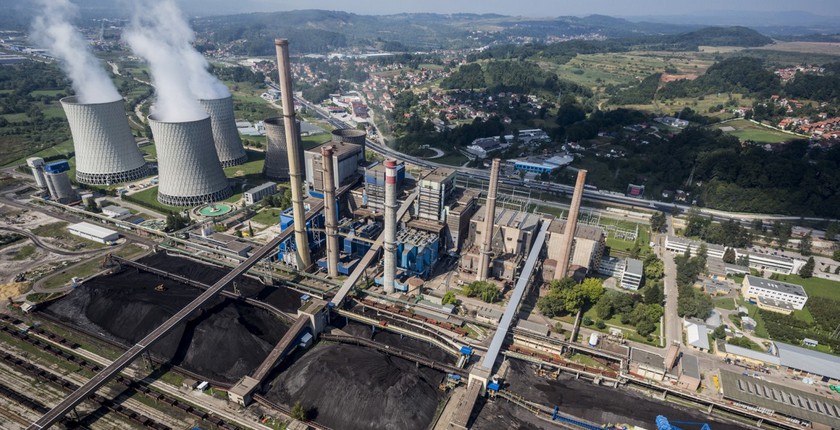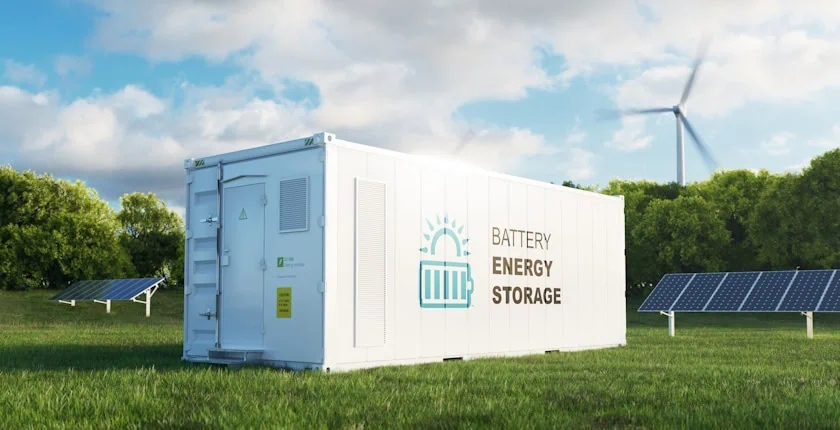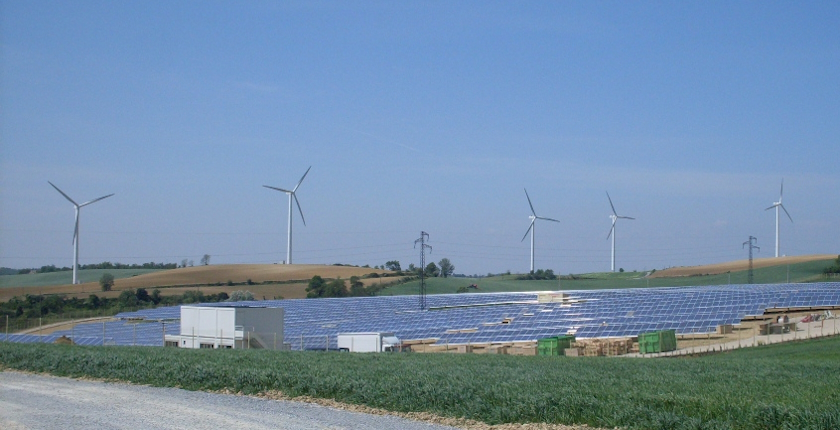
World far off track from tripling renewables by 2030
Two years after a pledge at COP28 to triple global renewables capacity to 11 TW by 2030, a new analysis by Ember shows the world is only on track to double it, to 7.4 TW. The report finds that national targets have increased globally by just 2% since 2023 and that only 22 countries have updated their goals since COP28, mostly in the European Union.
Bruce Douglas, CEO of the Global Renewables Alliance (GRA), said it is “crazy to see how far off track” the world is from tripling renewables. In a LinkedIn post, he warned that despite renewable energy breaking records every year and the energy transition being inevitable, countries are not moving fast enough.
Douglas: Despite renewable energy breaking records, countries are not moving fast enough
The International Energy Agency (IEA) and the International Renewable Energy Agency (IRENA) have both confirmed that doubling energy efficiency and tripling renewables capacity is the fastest and cheapest way to decarbonize and deliver energy security in this decade, he wrote.
The new data, according to him, should be used to double global efforts, hold governments to account for what they signed up to, and encourage all stakeholders to seize this once-in-a-generation opportunity. Ember’s report states that increases in national commitments, followed by swift implementation, can help bring the global tripling goal within reach.
Ember: Increased targets and swift implementation can help triple renewables
According to Ember, among the top 20 electricity producers globally, national ambition remains largely unchanged.
The United States does not have a national target for renewable energy by 2030 and is not expected to set it in the near future. India’s target of 500 GW remains unchanged, while Russia does not have a 2030 target and is not expected to publish one.
China is currently finalizing its 15th five-year energy plan, which is expected to include a renewable energy target by 2030, according to Ember.
Its analysis comes at a time when countries are preparing for COP30 in Brazil in November.





